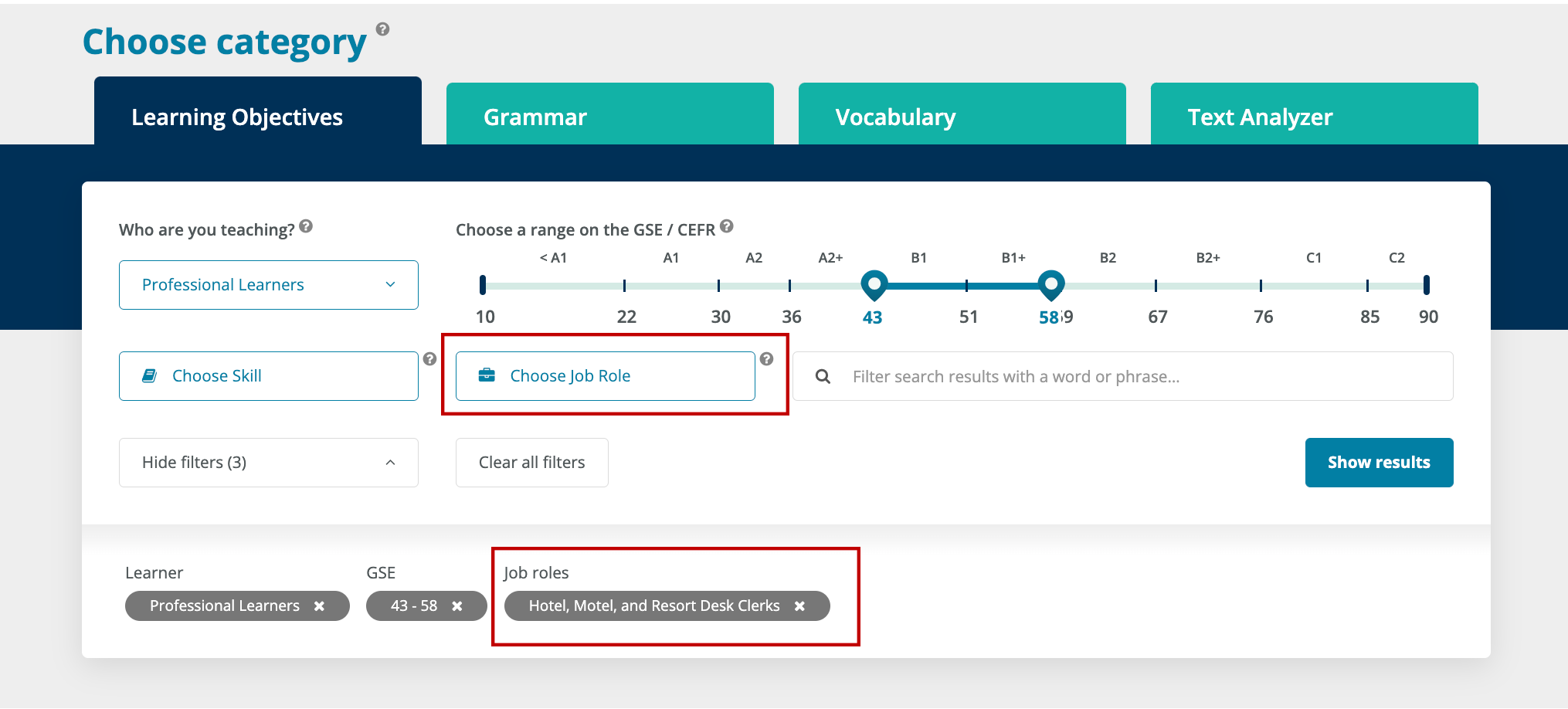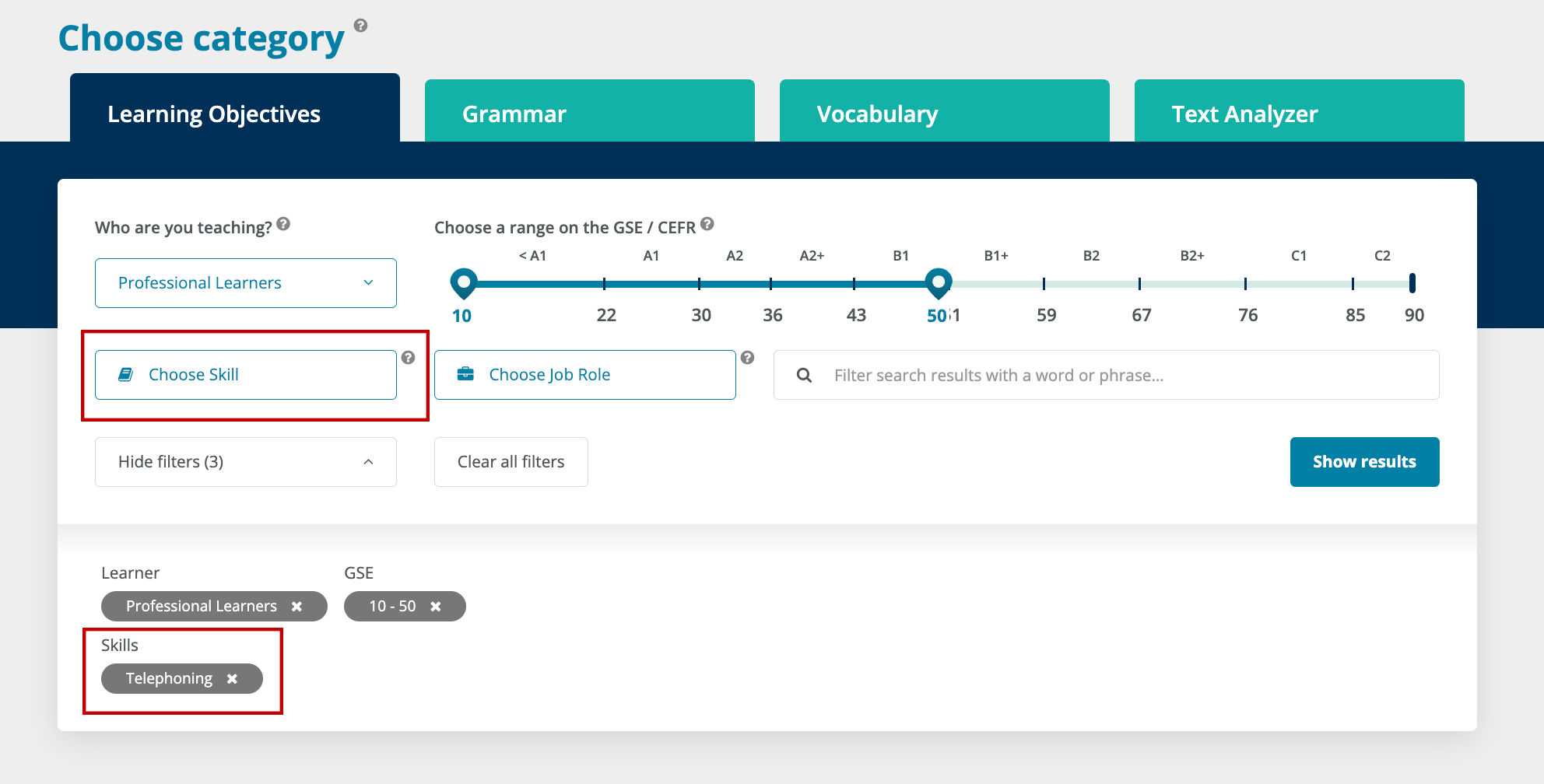
Green education: Integrating sustainability into English lessons
If you teach English, you already know the subject is secretly a life skills course in disguise. You don’t just teach grammar and essays; you teach students how to notice, question, empathize, argue, imagine and make meaning. That’s exactly why English is one of the most natural places to weave in sustainability.
Green education doesn’t have to mean swapping your entire curriculum for climate documentaries or forcing every creative writing prompt to involve melting ice caps. It can be quieter (and often more powerful): selecting texts with environmental angles, inviting students to think critically about the language used in climate communication, and encouraging them to write for real audiences and with real-world stakes.
Below are ways to integrate sustainability into English lessons while still meeting literacy goals, plus a note on using AI consciously – because even our digital tools come with an environmental footprint.
1. Start with “green reading”: texts that open doors, not close them
The simplest entry point is text selection. Sustainability themes appear across genres and time periods, and you can choose materials that fit your students’ maturity level and your existing curriculum goals.
Ideas to try:
- Short stories that explore human-nature relationships, scarcity, or future societies shaped by environmental change.
- Poetry that foregrounds place, seasons, biodiversity or loss. Nature poetry is an easy bridge into imagery, tone and figurative language.
- Nonfiction articles on fast fashion, food waste, wildfires, local conservation projects or “greenwashing” in advertising.
- Speeches and opinion pieces that let students analyze rhetoric, claims, evidence, emotional appeals and bias.
A useful approach is to build a “paired text” routine: pair a literary text with a current nonfiction piece. Students can practice comparative analysis while also seeing how themes evolve from art into public discourse.
2. Teach language as power: sustainability is a rhetoric unit waiting to happen
Sustainability conversations are full of persuasive language, sometimes honest, sometimes manipulative. That makes them perfect material for rhetoric and media literacy.
Mini-lessons you can try:
- Greenwashing detective work: bring in ads or brand sustainability statements. Ask: What claims are being made? What evidence is offered? What’s vague? What’s measurable?
- Framing and connotation: compare “climate change” vs. “climate crisis,” “carbon-neutral” vs. “net zero,” “natural” vs. “organic.” What do these terms imply and who benefits?
- Tone analysis: how do different outlets report the same environmental story? Neutral? Alarmist? Dismissive? Hopeful? Students can annotate for diction and bias.
This helps students become more thoughtful readers and more ethical communicators, two outcomes worth aiming for even when the topic isn’t sustainability.
3. Make writing real: sustainability projects with authentic audiences
When students feel their writing has a purpose beyond “hand it in, get a grade”, quality and investment usually rise. Sustainability offers plenty of authentic writing opportunities, even at a small scale.
Writing tasks that work well:
- Letters or emails to the school administration proposing a realistic change (recycling signage, reducing single-use plastics at events, a second-hand uniform swap).
- Op-eds for the school newsletter on an issue students care about (food waste in the cafeteria, bus vs. car drop-offs, energy use).
- Instructional writing: “How to…” guides for greener habits (thrifting, repairing clothes, reducing digital clutter).
- Podcast scripts or short documentary-style narration about a local environmental story.
The trick is to keep the scope manageable. Sustainability writing doesn’t need to save the planet; it needs to strengthen students’ ability to argue clearly, use credible evidence and write with voice.
4. Use storytelling to build empathy and avoid burnout
Many students feel overwhelmed by environmental news. English teachers are well placed to counter “doom fatigue” by using narrative, especially stories that hold complexity.
Try prompts that balance realism with agency:
- Write a scene where a character makes a small decision that has ripple effects.
- Create a “future news report” set 20 years from now, showing both challenges and adaptations.
- Write from a non-human perspective (a river, an old tree, an urban fox) to practice voice and point of view.
The goal isn’t to sugarcoat realities, but to make room for imagination and nuance: people can be contradictory; systems shape choices; hope can be practical, not sentimental.
5. Build sustainability into routine classroom habits (so it’s not just a topic)
Sometimes, green education is less about what you teach and more about how the classroom runs.
Small changes can become teachable moments:
- Encourage digital submissions only when they truly help, and be mindful of unnecessary printing (but also avoid assuming digital is “free”; more on that below).
- Reuse materials. Create a “paper bank” for scrap writing and drafting.
- Do a short “language + environment” warm-up once a week: a new word (like “circular economy” or “biodiversity”) used in a sentence, then discussed for nuance.
When sustainability becomes the norm rather than a special unit, students absorb it as part of everyday thinking.
6. A necessary addition: conscious use of AI (because it has an environmental cost)
AI can be a helpful classroom tool, especially for brainstorming, drafting models, generating sentence stems or supporting students who struggle to start. But it’s worth naming what often stays invisible: AI requires energy. Data centers, model training and even repeated daily queries contribute to electricity and water use, depending on how systems are cooled and powered.
That doesn’t mean “never use AI”. It means modelling the same critical thinking we want students to use everywhere else: use it with intention.
Practical guidelines for greener, more ethical AI use:
- Use AI when it replaces a bigger footprint. For example, generating one strong mentor text instead of printing five random worksheets.
- Batch tasks. One well-planned prompt is better than ten quick “try again” prompts.
- Teach prompt discipline. Have students plan what they want first, then query once. This improves learning and reduces unnecessary use.
- Be transparent. Treat AI like a tool with trade-offs: useful, imperfect and not environmentally neutral.
- Prioritize human thinking. AI should support reading and writing, not replace the process that actually builds skill.
Framing AI this way turns it into another sustainability lesson: every choice. digital or physical, has a cost, and responsible people learn to weigh trade-offs.
English is where sustainability becomes personal
Sustainability isn’t only a science topic; it’s a human story. It’s about values, choices, culture, language, power and the way we imagine the future. English teachers already teach students how to read between lines and write with purpose. Integrating eco-conscious tasks simply gives those skills somewhere urgent and real to land.
Start small: a poem, a paired article, a writing task with an authentic audience, a quick discussion about greenwashing, a mindful approach to AI. Over time, your classroom can become a place where students don’t just learn English, they learn how to speak for the world they’re growing up in.






